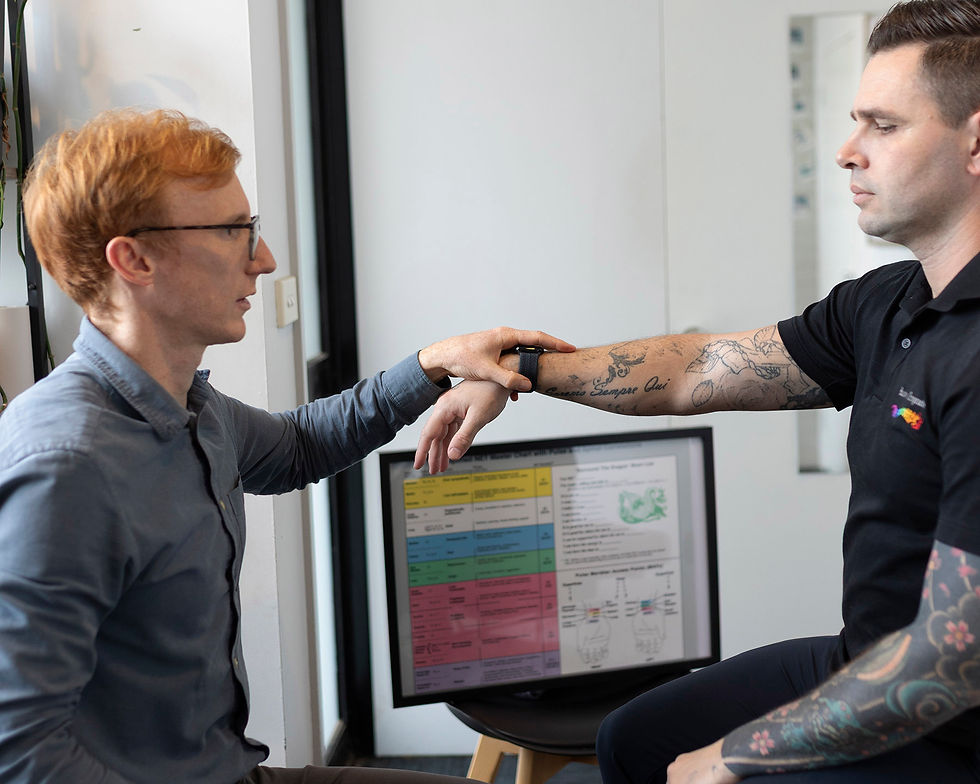Text Neck
- Dr Vicki Ryan

- May 26
- 2 min read
Text Neck
In this age of mobile devises and Smartphone’s, more and more patients are being diagnosed with neck pain associated with looking down at a screen. Now, a new condition, dubbed “text neck” is being found in Smartphone users of all ages, resulting in serious stiffness, strain and pain in the neck muscles and cervical spine. With Australians sending millions of text messages every year, now “Text neck” has the potential of afflicting millions of people.
This overuse is causing what could be an epidemic of health problems into the future. Researchers in this study also found that people sending texts displayed other classic signs of tension, such as increased heart rates and holding their breath. Even when they felt relaxed, they have signs of tension.
Especially susceptible to text neck are those of us who not only spend some of our leisure time on smartphones, but also spend much of our working time sitting at computers. All these hours spent in a flexed posture can add up to 30 pounds of extra weight on the upper neck, straining the muscles and pulling the spine out of alignment.
Researchers are finding that people over 50 are more at risk of developing text neck, as they have less tissue tolerance. Overuse injuries don’t heal as quickly. It’s suggested that the stooped posture while typing on phones may freeze the position of the spine’s alignment, and years down the road, we may see people who are permanently stooped because of it.
If you suspect you have text neck, talk to your Health Care Provider. These Practitioners can also help design a treatment plan to relieve pain and regain range of motion, as well as advise you about preventing future injury.
The following tips may help you avoid the risks of Text Neck.
Hold your phone at a proper angle, rather than looking down. Your phone should be held directly in front of your mouth, a few inches across from your chin. Your eyes should look down rather than having to bend your neck down.
Use a text-dictation program if you have one. Hold then phone in front of your mouth.
Set a timer and take breaks. Avoid prolonged phone use by taking regular breaks where you put your phone down and do something else.
Build strength and range of motion. In your workout routine, include exercises and stretches that strengthen your neck and back.
Drink water and maintain hydration.
Use other forms of communication. Try calling your family and friends or go and see them in person to have a chat!





Comments